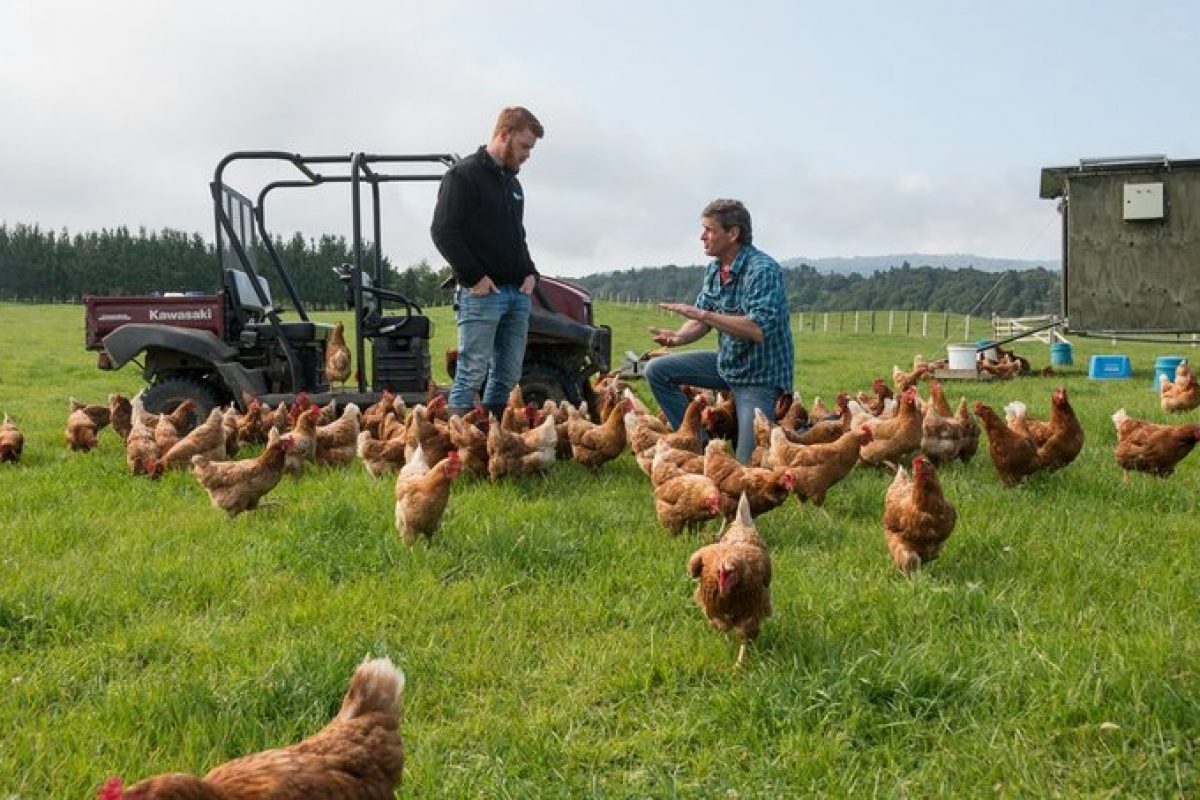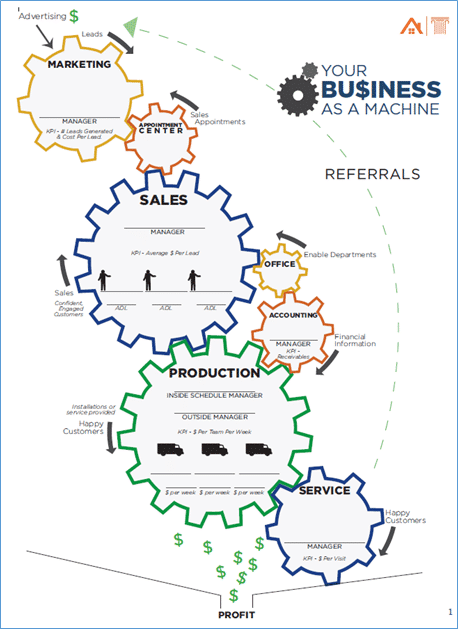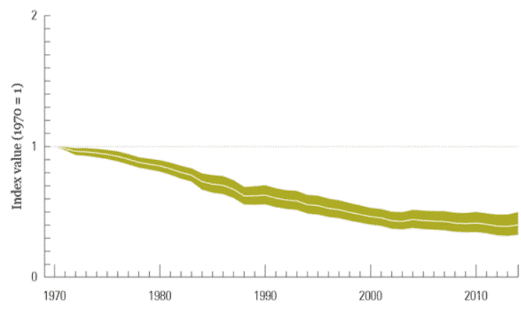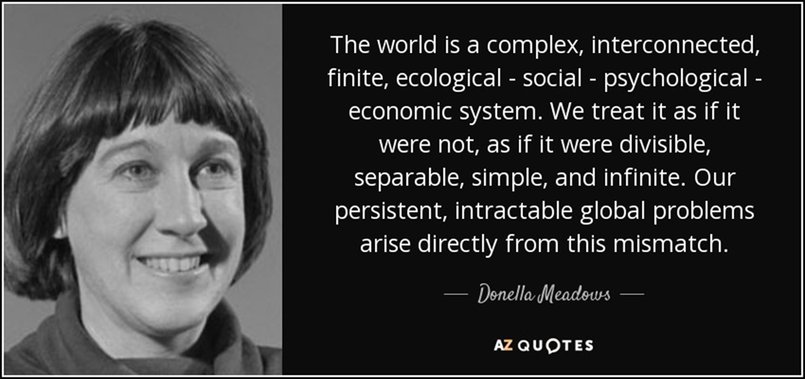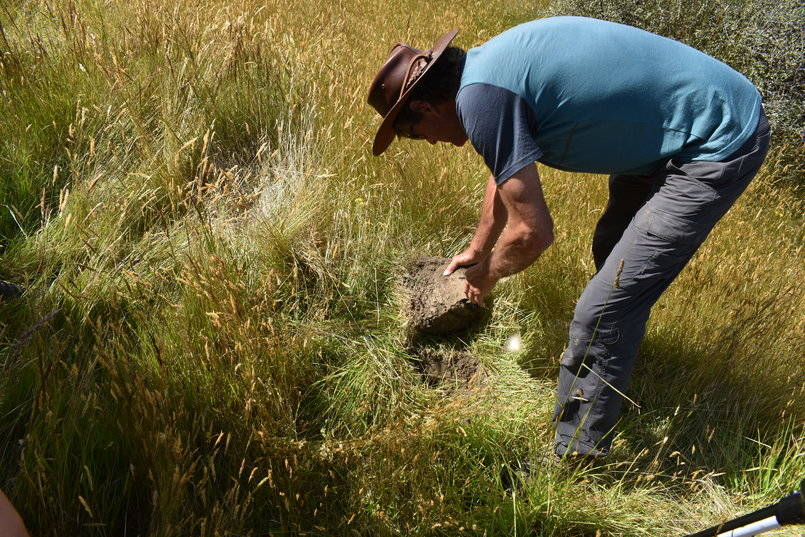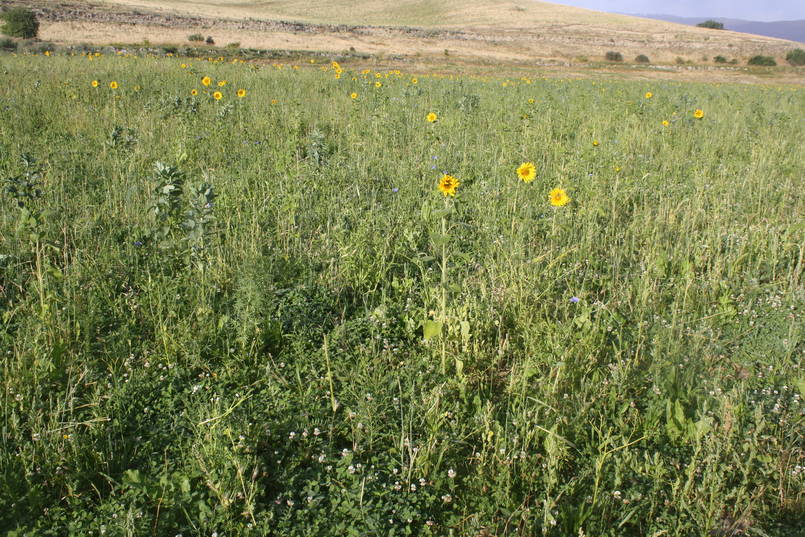Welcome to the first in the series of Regenerative Unravelled where I will attempt to demystify regenerative and put it in perspective. Regenerative is about an approach, a way of thinking and behaviour. These principles can be applied to yourself, your family, farm business, organisation or community.
Why Regenerative?
We have come to think of ourselves as machines and this has become part of our lives and even part of our language. There are commonly used phrases as part of our everyday lives where we compare ourselves to machines – ‘working like a well-oiled machine’, ‘firing on all cylinders’ and many others.
Our organisations are also compared to machines and people or departments as cogs in that machine.
With a machine the aim is maximum output at all costs; there is no consideration given to the health of the system or the parts that make up the system. If a part can’t perform and breaks it is discarded and replaced. The common paradigm in organisations is also mechanistic where people are treated like expendable parts of a machine. There is no expectation of performance beyond the task the machine or person was employed for. They will only do what they are programmed or told to do.
This approach of treating planet, people and organisations as a machine has significant unintended consequences and tremendous cost. Many of these have now become obvious to us all.
- A 60% decline in the Living Planet Index from 1970 to 2014. (The Living Planet Index (LPI) is a measure of the state of global biological diversity based on population trends of vertebrate species from around the world.)
- The annual loss of 75 billion tons of topsoil costs the world about 400 billion USD annually (Dr Rattan Lal)
- The estimated cost of the mismanagement of all natural assets to the world economy today is at around $6.6 trillion USD a year, equal to 11 percent of global GDP – UNCCD
- 70% of the earth’s grasslands are degraded
- Water quality is deteriorating
- Food production and manufacture is no longer about nutrition or health – nutrient content of food is only a fraction of what is was 40 years ago and toxic preservatives are common in many foods,
- Physical health of people is deteriorating with increasing rates of cancers and chronic diseases increasingly related to diet and toxins
- Mental and spiritual health appears to be deteriorating with support services struggling
- Pollution is increasing due to our way of life to a point the environment can no longer cope
- Climate is changing putting welfare, life and lifestyles at risk
- Agriculture, the long-term crutch of our NZ economy, is trapped in a commodity business model where production at all costs puts high risk on environment, animals and people
What is Regenerative?
This industrialised approach derived from the age of empowerment when man was trying to better understand and explain his world and has provided much of value. A prime example is Newton’s Laws which stood unchallenged for 300 years. But this was also the creation of reductionist thinking and science where things were broken down into component parts to understand the whole with no recognition that the whole performs differently than the sum of the parts.
Types of Problems
There are 3 basic types of problems.
- A simple problem has a list of parts to be included, a set of simple instructions based on known assumptions and provides repeatable outcomes. An example is following a recipe to bake a cake.
- A complicated problem again has known inputs, a design to follow through a series of steps or procedures and while complicated provides repeatable outcomes. An example is building a robot.
- A complex problem has no ingredients list and the steps are not known but evolve. The outcomes are unpredictable and unable to be effectively explained but do follow principles. While we try to do our best for all our kids, treating them the same still delivers different results.
Problem types 1 and 2 relate to things we make. Problem type 3, complexity, relates to things we manage. The mechanistic approach has value when applied to simple and complicated problems. We only need a simple set of instructions to put the new set of shelves together. A mechanistic design when applied to a complex problem will not support regeneration. This design cannot explain the complexity of what is!
Complex systems are living systems. Life replaces the machine. Many people have tried to define life, but the most appropriate has been the work by Humberto Maturana and Francisco Varela of the Santiago School where they took an holistic view of ‘what is life’.
They effectively pulled an E coli bacterium apart to understand and be able to replicate all the functions within the cell so they could then put all the pieces together to function as per the original. They discovered that they could not sustain life of the bacterium outside its environment. It was the interdependence within the cell and between cell and its environment that was critical to life. Inherent within the cell is the ability to self-maintain and self-regenerate. This ability was spread throughout the cell and could not be replicated.
This groundbreaking work has allowed us to identify the defining characteristics of life as the ability to self-maintain and to self-regenerate. It also identified 4 unique properties of life;
- Self-Regenerative ability is not located in any one place. It is nodal or decentralised
- Life is dependent on interconnected relationships of all parts of the cell
- Life is an holistic (emergent) property of all “parts” of the cell and relationships between the parts
- Each “part” is also a self-regenerative (autopoetic) system so the cell as one whole is made up of a number of other wholes within it.
So “life is an organized system capable of maintaining itself within a boundary of its own making” where living is regenerative and regenerative is living.
The breakdown of this interconnectedness leads to the inability to regenerate and death.
When we consider the systems with which we work; agriculture, business, organisations, communities, governments; these are all living systems which have complex connections within and between them.
They are individually wholes; as are the soils, farms and people; but are wholes within greater wholes. If we break down the connections, we take life from the complex systems we are working with, for example the soil, the business or the community.
We lose the potential inherent within these complex systems and need to provide more support by way of inputs and energy. A prime example of this is the increasing reliance of our agriculture on exogenous inputs like fertiliser, pesticides and herbicides. Degenerated systems need external support and cost more to run than regenerative.
Living Systems as with natural systems have the inherent ability to maintain themselves, regenerate and thrive in the right conditions. Regenerative design is about creating these conditions. Decision making in this design process needs to be mindful and relevant.
Regenerative is about a way of being or behavior. There is no starting or end point but a process of constant change which delivers measurable improvement in the health of the systems we work with; this can be improvement in ecological health as measured with Ecological Outcome Verification, or improvement in organisational health as measured by the Organisation Health Index.
To move from the mechanistic to the regenerative paradigm there are shifts in approach which support regenerative outcomes.
From parts to wholes. Breaking things down to their component parts to understand the behavior of the whole does not work, the whole will perform differently from the sum of its parts.
From competition to collaboration. We see this in agriculture, in business and in organisations. In farming we believe we have to kill things for others to grow and do not recognise the value of cooperation and diversity. In business we try to compete to grow which is wasteful of energy and resource rather than collaborate.
From best practices to principles. Best practices are prescriptions which dictate actions and limit development and growth. Don’t think, just do as I say! Principles guide decision making, allow development and change to meet change in environment and create resilience.
From extraction to equity. People are the energy source of an organisation as is the sun and the photosynthetic process of plants on our farms. Design and management need to create conditions for all within the system to thrive, be that all species within a diverse mix of pastures or people within an organisation allowed to find their individual genius.
From prediction to pattern. Living systems are complex and unpredictable but do follow patterns in response to regenerative design.
From centralised power to decentralised empowerment. The ability of a living system to self-maintain and regenerate is not in any one place but is distributed throughout the system or organisation. A central point of power creates disengagement and disconnection within the organisation or system and leads to degeneration.
These shifts in practices lead to 6 principles which define regenerative.
- Holism. Interrelated and dependent where the whole is greater than the sum of its parts.
- Mutualism. All parts of the system have inherent value, are interdependent and contribute to the health and resilience of the system. Success cannot be at the expense of the parts or the system.
- Uniqueness. Every whole and part of the system is unique and has within its whole inherent and often unrealised potential. Regenerative design fosters individual genius and unrealised potential within the parts for the benefit of the whole system.
- Evolutionary. Living systems are unpredictable and the environments within which they work constantly change. The flexible frameworks of regenerative design maintains a dynamic balance with ever-changing environmental conditions.
- Nodal. Decentralized and distributed decision making and resources which redistribute power.
- Developmental. Regenerative design allows for the growth and health of the individual members. Unlimited potential is realised when people grow.
From these 6 principles we have framed a definition of regenerative
“A living, evolving and naturally functioning environment/organisation where abundance and resilience are recurring outcomes of its underlying health.”
Ata Regenerative are at the forefront of regenerative agriculture practice in New Zealand. With 17 years working in the regenerative space and as the only EOV provider in the country, Ata Regenerative can assist with your transition to farm practice that focuses on the regeneration of soils, increased productivity and biological diversity, as well as economic and social well-being. To find out more, contact us here.


